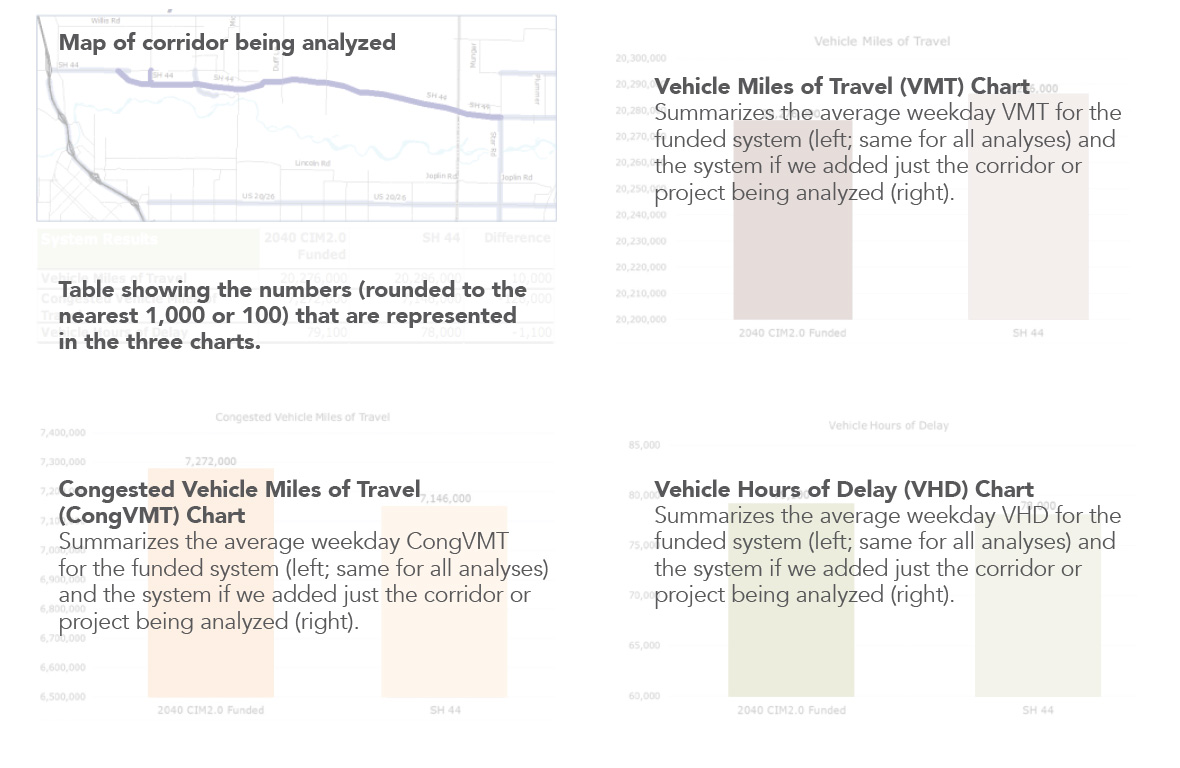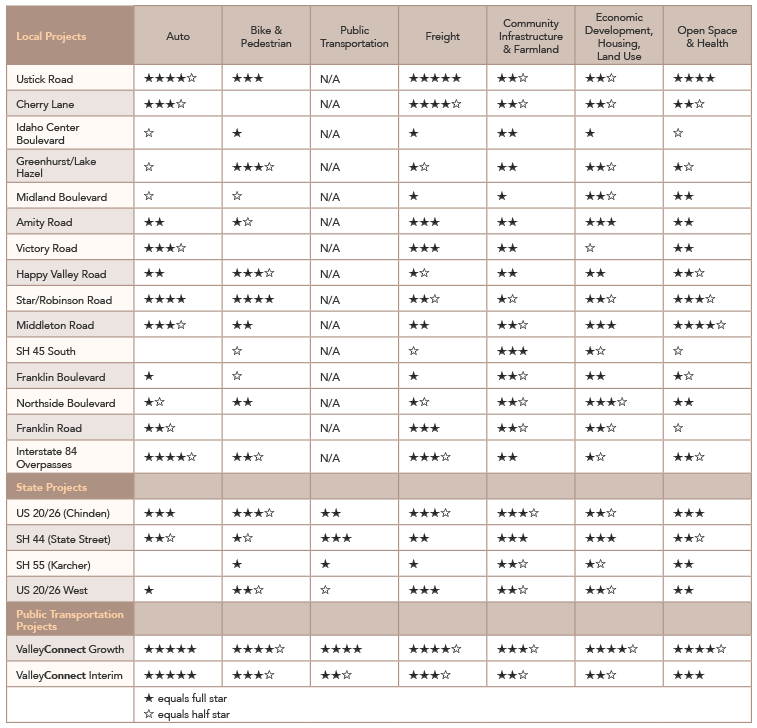
Prioritizing Projects
How do you choose among competing needs?
Long-range transportation plans such as Communities in Motion 2040 2.0 (CIM 2040 2.0) are developed to anticipate, then fund, future transportation needs.
However, the needs identified in CIM 2040 2.0 greatly exceed available funding. What do we do?
Great question. COMPASS and other stakeholders work to 1) strategically use the funding we do have and 2) prioritize unfunded needs in case additional funding becomes available.
1. Strategically Use the Funding We Do Have
First, we take the funding we do have and use it to address transportation needs.
The COMPASS Board of Directors has directed that federal funding allocated through CIM 2040 2.0 be focused on maintaining the existing transportation system, while strategically addressing regional priorities.
To the year 2040, CIM 2040 2.0 provides an investment of $6.7 billion in the transportation system – focused primarily on maintenance needs – but also addressing regional priorities including widening of portions of Interstate 84, US Highway 20/26, and State Highway 44, as well as funding pathways, bridges, intersections, buses, and more.
2. Prioritize unfunded needs to prepare for additional funding
Even with the funded improvements, we are left with many unfunded needs. To guide COMPASS efforts in strategically addressing these unfunded needs, projects have been divided into three prioritized lists – state, local, and public transportation system priorities. These lists outline regional transportation funding priorities, should additional monies become available.
Where did these priorities come from?
Using a performance-based planning approach, COMPASS used a multi-step process to identify and prioritize regional unfunded needs:
1. IDENTIFY UNFUNDED NEEDS
- Initial priorities were based on prioritized unfunded corridors and projects from CIM 2040, the predecessor to CIM 2040 2.0, following amendments to fund, or partially fund, previously unfunded projects. Additional needs were added as appropriate.
2. Compile background information and data
- Location of each corridor or project
- Needed improvements, including all transportation modes
- Existing and future conditions and uses, such as public transportation routes, park and ride lots, bicycle facilities, freight corridors, and environmental issues
- Estimated cost
3. Conduct technical analyses
How would each project affect…?
- Vehicle miles of travel
- Congested vehicles miles of travel
- Vehicles hours of delay

- How would each project affect CIM goal areas…?
- Transportation
- Economic development, housing, and land use
- Community infrastructure and farmland
- Open space and health

More stars indicate a more positive outcome.
4. Rank as three prioritized lists
- COMPASS staff developed initial rankings based on the data and technical analyses and divided projects into three prioritized lists:
- Regional state system
- Regional local system
- Regional public transportation system
5. Review and refine
- The Regional Transportation Advisory Committee reviewed the data, analyses, and initial rankings, and refined the prioritized lists.
6. Approve the prioritized lists of projects
- The COMPASS Board of Directors approved the prioritized lists of unfunded priorities to guide future investments in the regional transportation system.
How Will The Priorities Be Addressed?
As noted above, COMPASS is focusing its federal funding on maintaining the existing transportation system and strategically addressing regional needs. These priorities will be used to guide COMPASS efforts in securing additional funding, directing efforts toward the highest priorities from each list.
Webpage updated 12/31/2021


